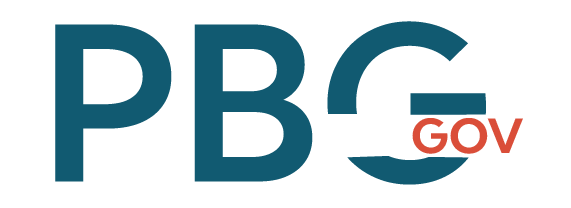Laying the Groundwork for FinOps: What Government Leaders Should Do First
Cloud FinOps (FinOps) is rapidly spreading beyond the private sector. In fact, hot on the heels of this year’s second annual FinOpsX Conference is a just-announced Washington, D.C.-based Foundation Roadshow on October 17, 2023, an event built for practitioners—even new ones. If you’re at the beginning of the FinOps initiative, you can learn more about the basics and benefits in our August 2023 blog.
Translating FinOps from Concept to Reality
Once you recognize that FinOps is an imperative at your agency, what’s next?
Any FinOps journey requires establishing a framework for cross-agency communication and transparency, based on an understanding of the methodology’s key components and who to engage at every step.
- FinOps Principles: This set of six guidelines defined by the FinOps Foundation serves as guardrails in your daily operations, along with a common language, tools, and capabilities to ensure everyone is marching to the same drum.
- FinOps Life Cycle: No matter the team, product/application, or business unit, every journey will follow an iterative process from Inform to Optimize and Operate, spanning procurement, implementation, and utilization.
- FinOps Teams: Start by identifying the personas required to ensure a successful and collaborative FinOps team is essential. Then engage early and often with these individuals to ensure they’re kept up to date with the latest FinOps initiatives.
Cloud Contracting: What’s Different for Public Sector FinOps Success
Since cloud operational management is often decentralized, cross-functional collaboration is critical to success. In the federal government, this goes beyond connecting IT and Finance. For public sector agencies, involving your Procurement team is especially important. The switch from CapEx to OpEx coupled with the innovative billing constructs delivered by cloud service providers (CSPs) necessitate a partnership with your Contracting Office to ensure compliance with Federal Acquisition Regulations (FAR) and other government-wide policies.
The FinOps team should take a leading role in driving the structure of future cloud contracts, such as Enterprise License Agreements (ELAs), Blanket Purchase Agreements (BPAs), and the associated Bill of Materials (BoMs). Regardless of the type of contract, several concerns must be addressed:
- Period of Performance. Beware! The length of your cloud contract may allow your agency to take advantage of term discounts but may “lock” you into the vendor. The FinOps team can help you understand the pros and cons of your vendor’s contract duration period.
- Cloud-specific agreements. As the cloud becomes a much larger line item in the OCIO budget, does it make sense to decouple your cloud services from other services provided by the vendor? While this will likely increase the effort required from Procurement and your contract specialist, it may allow for ease of budget tracking when it’s not “mixed” with other services, funding sources, or license agreements.
- Cloud funding streams by team. Consider drafting individual Task Order/Task Areas by funding source or business unit, rather than providing cloud funding in one large “bucket.” Otherwise, there may not be sufficient guardrails in place to prevent one team from spending money that may be needed by others later in the Period of Performance.
- Fund upfront or fund incrementally. Given the variable nature of cloud spend, it can be difficult for even sophisticated organizations to reliably predict spend 2-3 years in advance. For this reason, agencies need to have conversations about whether to fully fund the CSP contract upfront or allow for incremental funding throughout the Period of Performance. These decisions will impact how the FinOps team will manage and monitor cloud spend and forecasting.
With real-time data from the FinOps team every month, every quarter, or every year, stakeholders will have increased fidelity on the agency’s cloud spend profile, and you’ll be better able to forecast as you mature in your FinOps journey.
Putting best practices into action is where the ever-growing community of innovators in cloud transformation, coupled with a partner experienced in federal FinOps transformation, can make the difference between excelling and floundering in your FinOps implementation. Certified practitioners in FinOps, who have increased tenfold in the past year, help herd the cats for economies of scale and align on best practices, avoid unnecessary costs, tracksavings, and report efficiencies to leadership for increased buy-in.
These critical best practices can’t be successful in a vacuum, though. In the next post in our FinOps series, we will discuss what a FinOps culture looks and feels like and how to build it.



